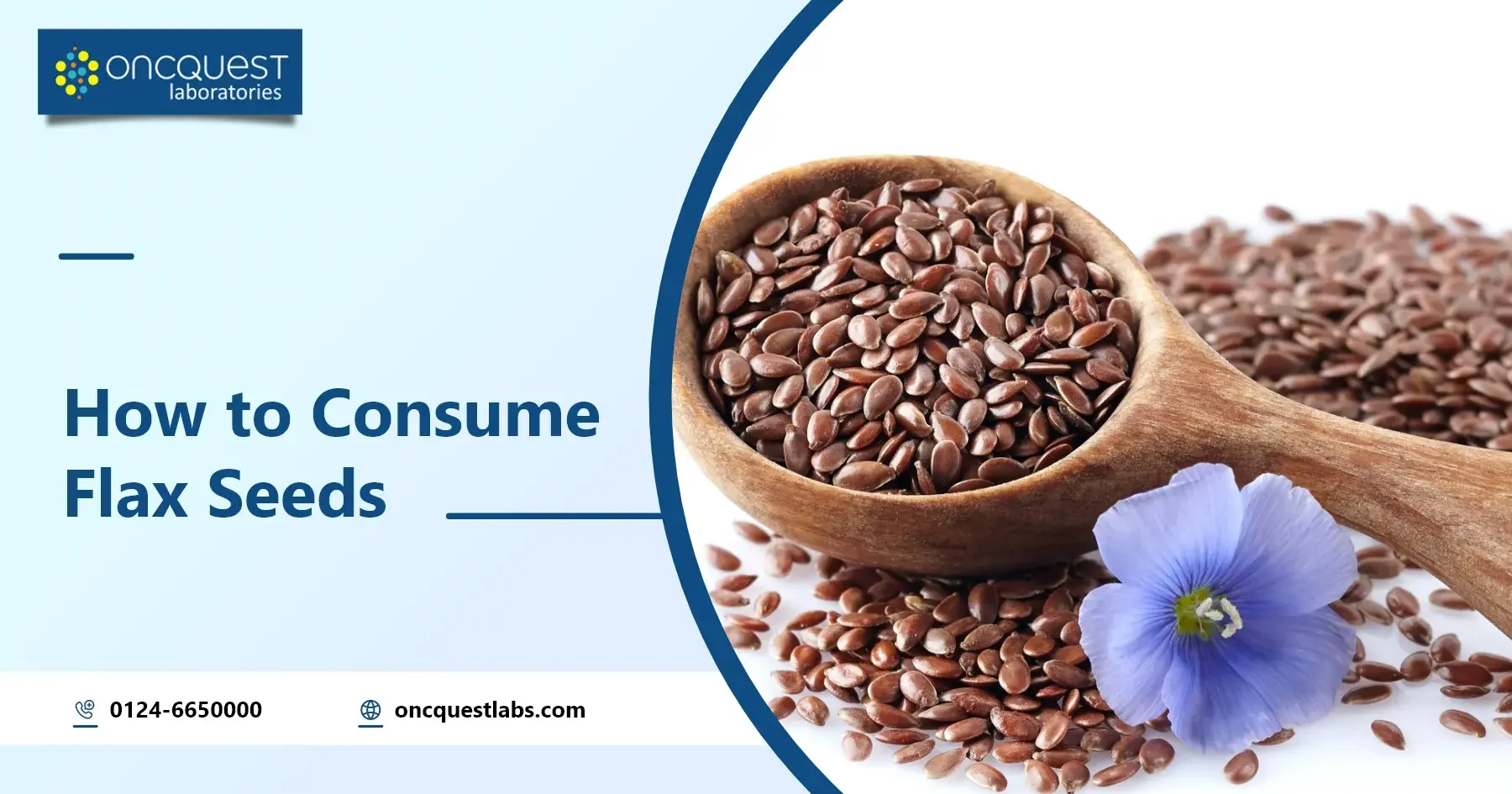Flax seeds, often considered a staple in the health-conscious diet, are small, brown, or golden seeds that pack a significant nutritional punch. Originating from the flax plant (Linum usitatissimum), a crop cultivated since ancient Egypt, flax seeds have been revered for their health benefits for thousands of years. Today, they are celebrated for their rich content of omega-3 fatty acids, dietary fiber, and lignans, making them a powerhouse in nutritional circles.
The health importance of flax seeds cannot be overstated. They have been linked to a plethora of health benefits, including improving cardiovascular health, aiding in digestion, reducing inflammation, and even lowering the risk of certain cancers. The omega-3 fatty acids, specifically alpha-linolenic acid (ALA), found in flax seeds, are essential for maintaining heart health and reducing inflammation. The high fiber content helps promote regular bowel movements and improve gut health, while lignans, which are plant compounds with antioxidant properties, contribute to the seeds’ anti-cancer benefits.
Contents
Preparing Flax Seeds
Flax seeds, with their impressive array of nutritional benefits, can be a fantastic addition to any diet. However, to truly harness their power, proper preparation is key. This involves grinding the seeds to ensure our bodies can absorb the nutrients effectively. Whole flax seeds may pass through the digestive tract without breaking down, which means you could miss out on all the nutritional benefits they offer. Here’s a detailed look at how to prepare flax seeds for optimal nutrient absorption.
The Necessity of Grinding Flax Seeds
Grinding flax seeds breaks down their hard outer shell, allowing the body to access their rich source of omega-3 fatty acids, lignans, and fiber. This process significantly enhances the bioavailability of the nutrients contained within the seeds. Essentially, grinding transforms flax seeds from a potential missed opportunity for health into a powerhouse of nutritional benefit.
Different Methods for Grinding Flax Seeds
There are several effective ways to grind flax seeds, each with its own advantages:
- Coffee Grinder: Perhaps the most efficient method, a coffee grinder can quickly grind flax seeds into a fine powder. Ensure the grinder is clean to avoid mixing flavors.
- Mortar and Pestle: For those who prefer a more hands-on approach, a mortar and pestle offer the ability to control the fineness of the grind. This method is more time-consuming but can be quite satisfying.
- Food Processor or Blender: While not as efficient as a coffee grinder for small quantities, a food processor or high-powered blender can work well for grinding larger batches of flax seeds.
- Specialized Flax Grinder: There are also kitchen gadgets specifically designed for grinding flax seeds. These can be a good investment if you regularly incorporate flax seeds into your diet.
Tips for Storing Flax Seeds to Maintain Freshness
Once flax seeds are ground, they can begin to oxidize and lose their nutritional potency. To preserve their health benefits:
- Airtight Containers: Store ground flax seeds in an airtight container to protect them from air and moisture, which can lead to spoilage.
- Refrigeration: Keeping ground flax seeds in the refrigerator extends their freshness by slowing down the oxidation process. They can be stored this way for up to a week.
- Freezing: For long-term storage, freezing ground flax seeds is an excellent option. They can be frozen for several months without significant loss of nutritional value.
- Portion Control: Grind only as much flax seed as you will use within a week to ensure you are always consuming them at their freshest.
By understanding the importance of grinding flax seeds and following these tips for storage, you can make the most of the nutritional benefits flax seeds have to offer. Whether added to smoothies, baked goods, or sprinkled over your morning oatmeal, freshly ground flax seeds are a simple yet powerful way to boost your health.
Incorporating Flax Seeds into Your Diet
Incorporating flax seeds into your daily meals is a straightforward and versatile process. With their mild, nutty flavor, flax seeds can enhance the nutritional profile of various dishes without overpowering other tastes. Here’s how you can seamlessly integrate them into breakfast, lunch, and dinner, use them in baking and cooking, and even adopt flax seeds as a nutritional supplement.
Breakfast Ideas
Starting your day with flax seeds can provide a sustained release of energy, thanks to their high fiber content. Here are some easy ways to incorporate them into your morning routine:
- Smoothies: Add ground flax seeds to your favorite smoothie recipe for an omega-3 and fiber boost.
- Oatmeal and Cereals: Stir a tablespoon of ground flax seeds into your oatmeal or cereal for added texture and nutrients.
- Yogurt Parfaits: Sprinkle ground flax seeds over yogurt, along with fruits and nuts, for a crunchy and nutritious topping.
Lunch and Dinner Suggestions
Flax seeds can also play a significant role in your main meals, adding both nutrition and flavor:
- Salads: Mix ground flax seeds into your salad dressing, or sprinkle them directly onto salads.
- Soups and Stews: Add ground flax seeds to soups and stews to thicken them slightly and boost the fiber content.
- Meat and Vegetable Dishes: Coat chicken or fish with ground flax seeds before cooking, or mix them into vegetable patties for an extra dose of nutrients.
Baking and Cooking with Flax Seeds
Flax seeds can be a fantastic addition to your baking and cooking repertoire, offering a healthy twist on many classic recipes:
- Baking Substitute: Use flax seeds mixed with water as a vegan substitute for eggs in recipes (1 tablespoon of ground flax seeds with 3 tablespoons of water equals one egg).
- Bread and Muffins: Add ground flax seeds to bread, muffins, and other baked goods to increase the nutritional value and add a subtle, nutty flavor.
- Healthy Topping: Use ground or whole flax seeds as a topping for baked goods, adding texture and nutrients.
Using Flax Seeds as a Supplement
For those looking to specifically target the nutritional benefits of flax seeds, including their omega-3 fatty acids and lignans, consuming them as a supplement might be the way to go:
- Direct Consumption: Simply eat a tablespoon of ground flax seeds daily, or add them to a glass of water or juice.
- Flaxseed Oil: Incorporate flaxseed oil into your diet as a supplement by adding it to salads or smoothies. Note that flaxseed oil does not contain all the benefits of whole or ground seeds, such as fiber.
Delicious Flax Seed Recipes
Incorporating flax seeds into your meals can be both delicious and nutritious. Below are some versatile recipes that include flax seeds, along with tips for adjusting your favorite recipes to incorporate this superfood. Whether you’re a smoothie aficionado, a baking enthusiast, or simply looking for new ways to spice up your meals, these recipes are sure to inspire.
Flaxseed Morning Smoothie
Ingredients:
- 1 banana
- 1 cup of almond milk (or any milk of choice)
- 1 tablespoon ground flax seeds
- ½ cup frozen berries
- 1 tablespoon honey (optional)
- A handful of spinach (optional for a green boost)
Instructions:
- Place all ingredients in a blender.
- Blend until smooth and creamy.
- Serve immediately for a refreshing and nutrient-packed breakfast.
Homemade Flaxseed Bread
Ingredients:
- 2 cups whole wheat flour
- 1 cup ground flax seeds
- 1 tablespoon baking powder
- ½ teaspoon salt
- 1 tablespoon maple syrup or honey
- 1½ cups water
- ¼ cup oil (e.g., olive or canola)
Instructions:
- Preheat the oven to 350°F (175°C) and grease a loaf pan.
- In a large bowl, mix the flour, ground flax seeds, baking powder, and salt.
- Add the maple syrup, water, and oil to the dry ingredients and stir until well combined.
- Pour the batter into the prepared loaf pan and smooth the top with a spatula.
- Bake for about 45-50 minutes or until a toothpick inserted into the center comes out clean.
- Let the bread cool in the pan for 10 minutes, then transfer it to a wire rack to cool completely.
Flaxseed Energy Balls
Ingredients:
- 1 cup oats
- ½ cup ground flax seeds
- ½ cup peanut butter (or any nut butter)
- ⅓ cup honey or maple syrup
- 1 teaspoon vanilla extract
- ½ cup mini chocolate chips or dried fruit
Instructions:
- In a large bowl, mix all ingredients until well combined. If the mixture seems too dry, add a little more honey or peanut butter.
- Roll the mixture into balls, about 1 inch in diameter.
- Place the balls on a baking sheet lined with parchment paper and refrigerate for at least 30 minutes before serving.
Tips for Adjusting Recipes to Include Flax Seeds
- Substituting Eggs: Use ground flax seeds mixed with water as an egg replacement in baking (1 tablespoon of ground flax seeds with 3 tablespoons of water equals one egg).
- Thickening Agent: Ground flax seeds can act as a thickener in soups, stews, and sauces. Start with a small amount and adjust as needed.
- Nutritional Boost: Simply add ground flax seeds to your existing recipes for bread, pancakes, muffins, or cookies to enhance their nutritional value without significantly altering the taste or texture.
- Portion Control: When adding flax seeds to recipes, consider reducing the amount of other dry ingredients slightly to maintain the recipe’s balance.
By incorporating flax seeds into your meals through these delicious recipes and tips, you can effortlessly enhance your diet’s nutritional quality. Experiment with these ideas and enjoy the health benefits and flavors that flax seeds bring to your table.
Safety and Dietary Considerations
While flax seeds are a valuable addition to many diets due to their health benefits, it’s important to approach their consumption with awareness of the recommended daily intake, potential side effects, and considerations for specific health conditions. This section will guide you through these aspects to ensure a safe and beneficial flax seed consumption experience.
Recommended Daily Intake of Flax Seeds
- General Recommendation: The general advice for flax seed intake is 1 to 2 tablespoons (10-20 grams) of ground flax seeds per day. This amount ensures you reap the health benefits without overconsumption.
- Omega-3 Fatty Acids: This recommended serving provides a significant amount of ALA (alpha-linolenic acid), a plant-based omega-3 fatty acid important for heart health.
Potential Side Effects and How to Avoid Them
- Digestive Issues: Due to their high fiber content, consuming large amounts of flax seeds may cause bloating, gas, or constipation. To avoid these issues, start with a small serving and gradually increase your intake. Also, ensure to drink plenty of water.
- Blood Thinning: Flax seeds have a blood-thinning effect, which can be beneficial but also poses a risk if you are taking blood-thinning medications. Consult with a healthcare provider to avoid any adverse interactions.
- Allergic Reactions: Although rare, some individuals may experience allergic reactions to flax seeds. If you notice symptoms such as itching, swelling, or difficulty breathing after consuming flax seeds, seek medical attention.
Considerations for Specific Health Conditions
- Pregnancy and Breastfeeding: Flax seeds are generally considered safe during pregnancy and breastfeeding but consult with a healthcare provider for personalized advice, especially concerning large amounts.
- Hormone-sensitive Conditions: Flax seeds contain lignans, which mimic estrogen. If you have a hormone-sensitive condition like breast, uterine, or ovarian cancer, it’s advisable to discuss flax seed consumption with your healthcare provider.
- Blood Sugar and Blood Pressure: Flax seeds can affect blood sugar and blood pressure levels. While they can be beneficial for these conditions, monitoring and possibly adjusting medication dosages may be necessary under a healthcare provider’s guidance.
Conclusion
In conclusion, flax seeds are a small but mighty superfood that can significantly enhance your health with their rich nutritional profile. Incorporating them into your diet is simple, versatile, and can be done across all meals of the day. Whether you’re sprinkling them onto your breakfast cereal, blending them into smoothies, or using them as a baking ingredient, flax seeds offer an easy way to boost your intake of essential nutrients. With a mindful approach to their recommended daily intake and potential dietary considerations, you can safely enjoy the myriad benefits they have to offer. So, experiment with flax seeds in your cooking and reap the rewards of this nutritional powerhouse.
FAQs on Consuming Flax Seeds
What are the health benefits of flax seeds?
Flax seeds are rich in omega-3 fatty acids, lignans, and dietary fiber. They can help improve cardiovascular health, support digestive wellness, reduce inflammation, and may even have benefits in preventing certain types of cancer.
How much flax seed should I consume daily?
The recommended daily intake of flax seeds is about 1-2 tablespoons of ground flax seeds. It’s important to start with a small amount and gradually increase it to avoid digestive issues.
Can I eat flax seeds whole?
While you can eat flax seeds whole, grinding them helps your body absorb their nutrients more effectively. Whole flax seeds might pass through your digestive system without being fully digested.
How can I grind flax seeds at home?
You can grind flax seeds using a coffee grinder, a blender, or a food processor. For the best nutrient retention, grind them right before you intend to use them.
How should I store flax seeds?
Store whole flax seeds in a cool, dark place in an airtight container. Ground flax seeds should be kept in the refrigerator or freezer to maintain their freshness and nutritional value.
Can flax seeds be cooked?
Yes, flax seeds can be cooked. You can bake them into bread, muffins, and other recipes without losing their nutritional benefits. However, flaxseed oil should not be used for high-heat cooking.
Are there any side effects of consuming flax seeds?
When consumed in moderate amounts, flax seeds are safe for most people. However, they can cause bloating, gas, or diarrhea in some individuals. Drinking plenty of water when consuming flax seeds can help minimize these effects.





